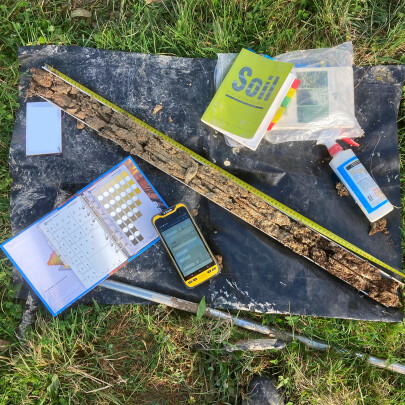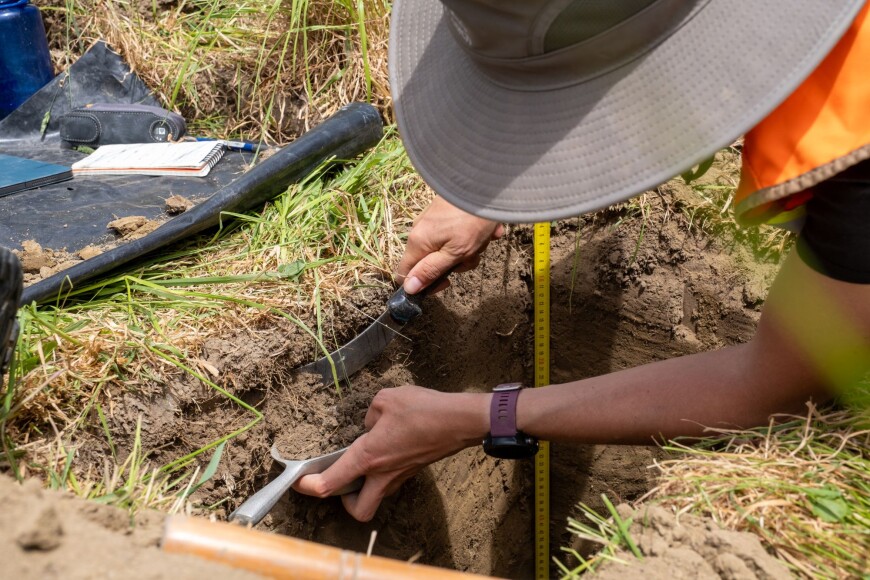Modernising the New Zealand Soil Description Handbook for the 21st Century

Updating the Soil Description Handbook means ensuring soil description captures both long-established field techniques and the latest digital tools.
The revision is being prepared and covers almost every aspect of the handbook. Its structure and readability are under review, with particular attention paid to improving the clarity and effectiveness of diagrams, figures, and illustrations. Field tests are being re-evaluated to determine whether they remain relevant, require refinement, or should be replaced.
A new consideration is the role of structured databases, which did not exist when the handbook was first produced. To be fit for purpose today the standard must guide soil description in ways that allow the resulting data to be stored, analysed, and published through these systems. The revision will also strengthen alignment with other technical standards and include guidance on the use of digital tools and technology in soil description.
The updated standard will continue to underpin the New Zealand Soil Classification, and the National Soil Data Repository, New Zealand’s nationally significant database of soil observations and laboratory data. New sections will also connect directly with S-map, New Zealand’s national soil mapping database. The aim is to produce a living document: one that not only meets the needs of contemporary research and land management, but also preserves a transparent record of the reasoning and evidence behind current and future updates.
Revising this handbook is a substantial endeavour. It draws not only on the field experience of pedologists who use it daily, but also on the collective insight of soil scientists, land managers, and practitioners, who depend on it for everything from soil mapping and farm planning to environmental research and restoration.
As of August 2025, a first review version has been completed, externally reviewed, and fed back to the team. The next stage is collating this input and working through the discussion it generates.

Pedologist Kirstin Deuss collects a field sample for soil description, following procedures laid out in the Soil Description Handbook
Acknowledgments
The revision is a significant team effort, often competing with the demands of ongoing mapping and research programmes. Its progress is a credit to the efforts of editor Lauren O’Brien, and her dedicated team of reviewers, including Thomas Caspari, Kirstin Deuss, Andre Eger, Scott Fraser, Emily Mackay, Malcolm McLeod, Veronica Penny, Lena Reifschneider, Balin Robertson, Anthony Ward, Trevor Webb and Ian Lynn. The work has also relied on the support of Sam Carrick, Linda Lilburne, and Andrew Manderson.


